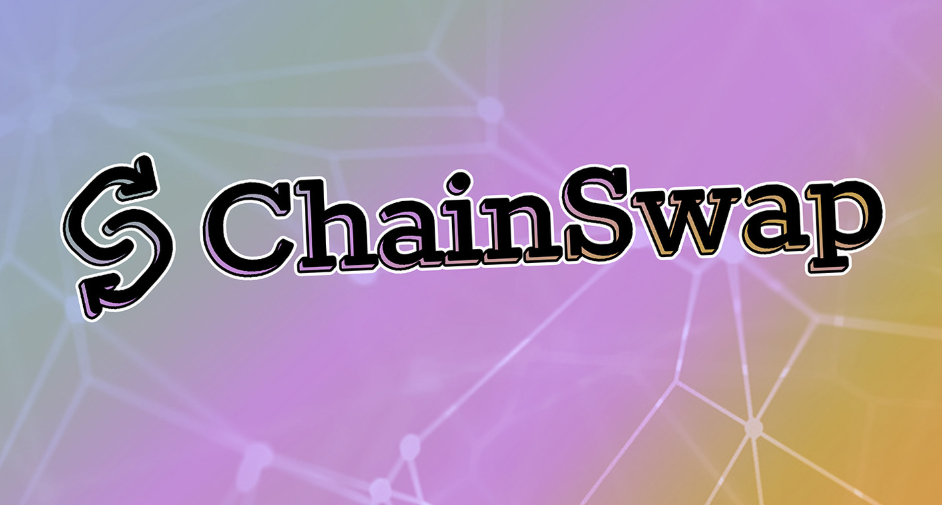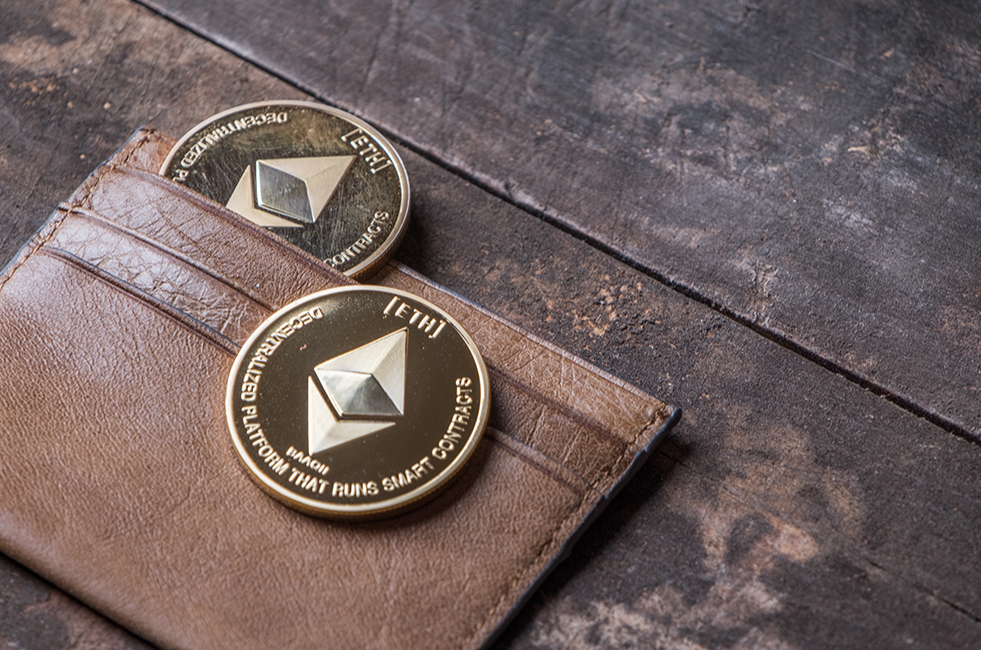What is ChainSwap? Cross-chain swaps are a new technology that allows you to exchange tokens across multiple blockchain networks. It enables fast and secure transactions without the need of a centralized exchange.
To ensure the security of your funds, atomic swaps use hashlock and timelock mechanisms. This ensures that transactions are done in an atomic way, ensuring that they only happen once, or no transaction is completed at all.
What is ChainSwap?
ChainSwap is a decentralized exchange that enables holders to trade tokens between various blockchains. It supports a number of chains including the Ethereum network, Binance Smart Chain, and MATIC.
Chain swaps have become increasingly popular over the years, as they enable traders to use their cryptocurrencies on multiple supporting blockchains in one transaction. This means that they can trade a USDt token on Omni, Ethereum, Tron, EOSIO or Liquid for example.
However, there are some drawbacks to using ChainSwap. For instance, the platform has experienced an exploit in the past that caused a wide variety of tokens and projects to lose a substantial amount of value.
The second hack in July was carried out by hackers who exploited a vulnerability in the protocol’s smart contract code. The attackers managed to access the platform’s back-end and steal a total of $8 million worth of crypto assets from its partnered exchanges’ liquidity pools.
In the wake of the attack, ChainSwap suspended their $ASAP token liquidity and warned users not to purchase any of the affected coins for the time being. They also froze their BSC token mapping address in an attempt to trace the hackers’ wallet addresses and ensure that no further attacks are carried out.
This was a big blow to ChainSwap, as the hack had affected a large number of projects that were dependent on its protocol for token bridging. These included Wilder World, Nord, Razor, Antimatter and a host of other projects.
ChainSwap had received a $3 million investment in May from major industry players such as Alameda Research, NGC Ventures and OK Block Dream Fund (OKEx). This was a huge boost for the project and it now aims to use its newfound funds to further develop its platform.
The ChainSwap team is currently working on a new version of the platform and has plans to release it by mid-August. The new version will include a wider range of features and will be able to support more currencies.
This will make it more attractive to a wider audience and will increase its popularity in the market. The project also aims to create a unified interface that will allow users to easily swap tokens between different networks. The website will also provide a list of bridges that support the transfer of tokens between different blockchains with minimal slippage.
How does ChainSwap work?
ChainSwap is a platform that allows users to exchange different types of cryptocurrency from one blockchain to another. These exchanges provide a convenient way to trade digital assets without having to go through the process of opening an account with a centralized exchange. This process is often time-consuming and requires a lot of documentation.
Chain Swaps allow users to switch tokens between multiple chains using an atomic swap mechanism. This system ensures that the transaction will be completed only if both parties agree on it. It also helps to eliminate fraud and manipulation.
Cross-chain swaps are an essential tool for establishing an internet of blockchains. They use General Message Passing (GMP) technology to enable wrap assets and logic on one chain to be transferred securely to other networks. It also enables projects to launch their tokens with ease, since they don’t have to worry about launching on each individual chain.
In order to make a cross-chain swap, ChainSwap requires two pieces of information: the address of the asset on the source chain and the address of the asset on the destination chain. Once the information is provided, a bridge is created for each chain.
The bridge connects the two chains together with minimal slippage value. This enables users to transfer their assets between the networks in less than a minute, and saves them time and money.
However, a common problem with bridges is that they can lead to slippage, which means that users have to pay for the services of the platform when they swap assets. To combat this issue, ChainSwap uses a liquidity bridge that maintains a 1:1 ratio and does not have slippage.
Moreover, ChainSwap also uses virtual rates to discourage front running, ensuring that users get the most out of their exchanges. This also prevents users from having to pay for a lot of fees when they transfer their coins or tokens.
The ChainSwap team is currently building a number of features to support the exchange. These include a crypto wallet, a bridge that enables traders to trade between multiple chains and an atomic swap mechanism. These features are sure to improve the way that people interact with blockchains in the future.
What are the benefits of using ChainSwap?
ChainSwap is a platform that allows projects to bridge between different blockchains. Its main use case is to enable token holders to trade their coins from one blockchain for coins from another without ever having to deposit them on an exchange.
Using a centralized exchange involves high switching costs and many other formalities like getting registered, abiding by the terms & conditions, etc. However, Cross-chain swaps are more efficient and offer a much faster and more reliable way of moving tokens between different chains.
For example, imagine Alice is interested in a token that has liquidity on Chain A and she wants to swap it for another token on Chain B. She would need to set up wallets and gas tokens on both chains, then initiate a bridge to exchange the assets. This process is very time consuming and could lead to losses.
On the other hand, a cross-chain swap is an automated process that can be initiated by a node that is listed on a peer-to-peer network. It also offers a quicker, safer and more scalable way of moving tokens between different blockchains.
As a result, ChainSwap is a crucial component of the blockchain ecosystem and it is essential for anyone who wants to participate in the digital currency market. It can help you get the most out of your investments and ensure that you don’t end up losing money.
ChainSwap will help you secure your tokens and ensure that they are protected from hacks, theft, and other risks. The platform also offers a variety of features that can help you make informed decisions when trading across different blockchains.
For instance, it uses virtual rates to discourage front running, ensuring that users are getting the most out of every trade. Moreover, it also uses smart contracts to automate and ensure that transactions are made in the right order.
Besides, it enables you to exchange tokens on any chain with just a few clicks. In addition, it has a user-friendly interface that makes the process of transferring assets a breeze. This helps you save a lot of time and effort, which can help you get the most out of your investment.
What are the drawbacks of using ChainSwap?
Cross-chain swaps allow users to move tokens from one network to another with ease. The process involves sending a specific token to a bridge that then exchanges it for a different token on another network. It has been a popular method to trade volatile crypto for stablecoins and other alternative currencies.
The drawbacks of this type of transaction are that it can be expensive to execute and there is a chance that the exchange may steal your coins. Luckily, most of the big dailies have built-in mechanisms to protect your funds. Binance’s centralized cross-chain bridge, for example, has a limited amount of tokens it can swap in a single transaction.
It can also be a pain to move large amounts of tokens across multiple networks. The best solution is to use a cross-chain bridge, which allows you to swap your assets without the hassle of re-configuring your wallets or downloading new software.
A more streamlined version is the Chainswap app, which allows you to swap your coins within seconds. The app’s patented Smart-Order-Routing Engine (SORLE) combines the liquidity of both CEXs and DEXs to offer the best possible prices for your tokens.
Its not for nothing that ChainSwap is a contender for the title of the best cross-chain swapping app out there. It has a plethora of features and functions to keep you swiping like the pros, including the latest mobile apps, user-friendly interface, and a robust backend to support high volume and high transaction rates. The company also has a robust security team that monitors and detects suspicious activity on its network.



